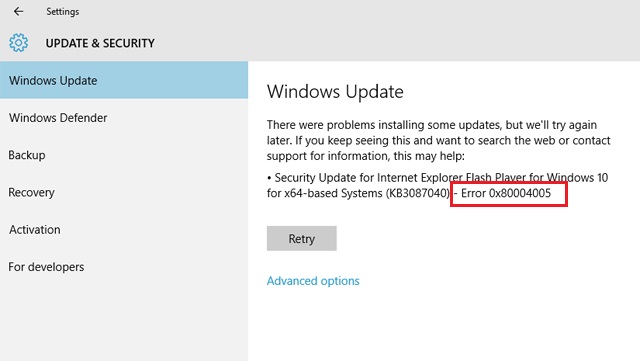Windows cannot do disc checking on this volume because it is write protected” occurs when a volume or drive is damaged or marked as Read Only. Using the CHKDSK command line service in Windows, you may scan for bad sectors and verify the integrity of your system data.
When you try to use the programme, you might get a message saying that the drive is corrupted or write-protected.
When a drive is write-protected, you can’t make any changes to its contents or remove anything on it. The volume is read-only, and this is indicated by the write-protected attribute.

Detailed instructions for resolving the “Windows cannot run disc checking on this volume” error are provided here. Because it has a security feature that prevents unauthorised changes.
What to Do If Windows Won’t Check Disk?
Method 1: Disable Write Protection in Command Prompt
PRAM, which stands for “Parameter Random Access Memory,” is where many settings for the system, the screen, the hard drive, etc. are stored. Similarly, information about a system’s display, NVRAM (Non-Volatile Random Access Memory) device, and any other components that won’t be lost when the power goes out. The PRAM and NVRAM can be reset with just three easy actions.
First, there is evidence that a special chkdsk instruction was used to fix the error. The Microsoft Support team suggests trying this, so you should give it an attempt. Here’s what you have to do:
- First, press the Win key + X to open a menu, and then pick Command Prompt (Admin).
- Two, fill in the blanks when it opens: Type /f /r /x into Chkdsk D.
- Third, power down your Mac by selecting Shutdown from the Apple menu.
Change out the bad drive, which in this case is D:.
When we talk about what the parameters actually mean, we mean:
- In order to search for and fix faults on your hard disc, you can use the /f parameter.
- If your hard disc has bad sectors, you can have them repaired by using the /r parameter.
- Because the /x argument dismounts your disc, it will no longer be accessible during the search even if it is currently being used.
Some customers have claimed that this didn’t solve their problem, in which case you should try one of the alternative options provided below.
Method 2: Diskpart should be Used to Disable Write Protection.
Create partitions on your hard disc with the help of DiskPart, a command-line tool. For our purposes, we’ll be using it to alter some of the drive’s characteristics. Here’s how to make advantage of it:
- First, open the Start menu and look for the “diskpart” entry.
- After the programme has finished loading in Step 2, type: To the extent that a list exists
- Type as and then look at the volumes displayed on your hard drive. Please choose the appropriate volume number.
- Substitute the letter of another drive for the #.
- Fifth, enter the following information: Disk read-only attributes that are cleared
- Hold tight till it’s done.
Method 3: Making the Registry Editor Read-Only
You can try disabling write protection in the Windows Registry if the Microsoft fix doesn’t work. Errors in the Windows Registry can have disastrous effects, so be very careful. Now, then, here’s what you ought to do:
- As a first step, open Run by hitting the Winkey + R keys.
- The second step is to launch Regedit.
- Paste the following into the address/location bar once the Windows Registry is open: HKEY LOCAL MACHINE\SYSTEM\CurrentControlSet\Control\StorageDevicePolicies
- By double-clicking the ‘WriteProtect’ key, its value can be altered from 1 to 0.
Here’s an alternative if you can’t find the StorageDevicePolicies folder in your Windows Registry:
- The first thing to do is to enter the following address into your browser: HKEY LOCAL MACHINE\SYSTEM\CurrentControlSet\Control
- Second, select New > Key from the context menu when right-clicking the middle pane.
- Third, a directory will be created and named “StorageDevicePolicies.” Avoid using an incorrect spelling of the name.
- Pick the newly created folder, right-click in the central pane, and then select DWORD (32-bit) Value.
- Fifth, label it as “WriteProtect” and set its value to 0.
Method 4: Check the Disc for Corruption.
Inspecting your hard drive for corrupted files, which is one of the causes of the cannot run disc checking write protected issue, is the last thing you can do to fix it. How to do it:
- First, open the “This PC” programme.
- The second step is to right-click the malfunctioning drive and then pick “Properties” from the menu that appears.
- Third, select the Tools menu.
- Fourth, click the “Check” button once you get there.
- Fifth, click “Yes” on the User Account Control dialogue box if it appears.
- you’ll have to hang tight till the scan is complete.
In Conclusion
there is no one-size-fits-all answer to any problem. We’ve covered a variety of ways to fix the “Windows cannot execute disc checking on this volume because it is write protected” error.
Windows 10’s error message, “Windows cannot conduct disc checking on this volume because it is write protected,” is very clear about the reason why disc checking fails. Therefore, fixing the issue is as simple as disabling write protection or fixing the file system.
We trust that one of these solutions will help you restore full functionality to your broken hard disc. To recover data from a damaged disc in a few simple steps, however, you need use 4DDiG, a professional tool that comes highly recommended.





Leave a Reply